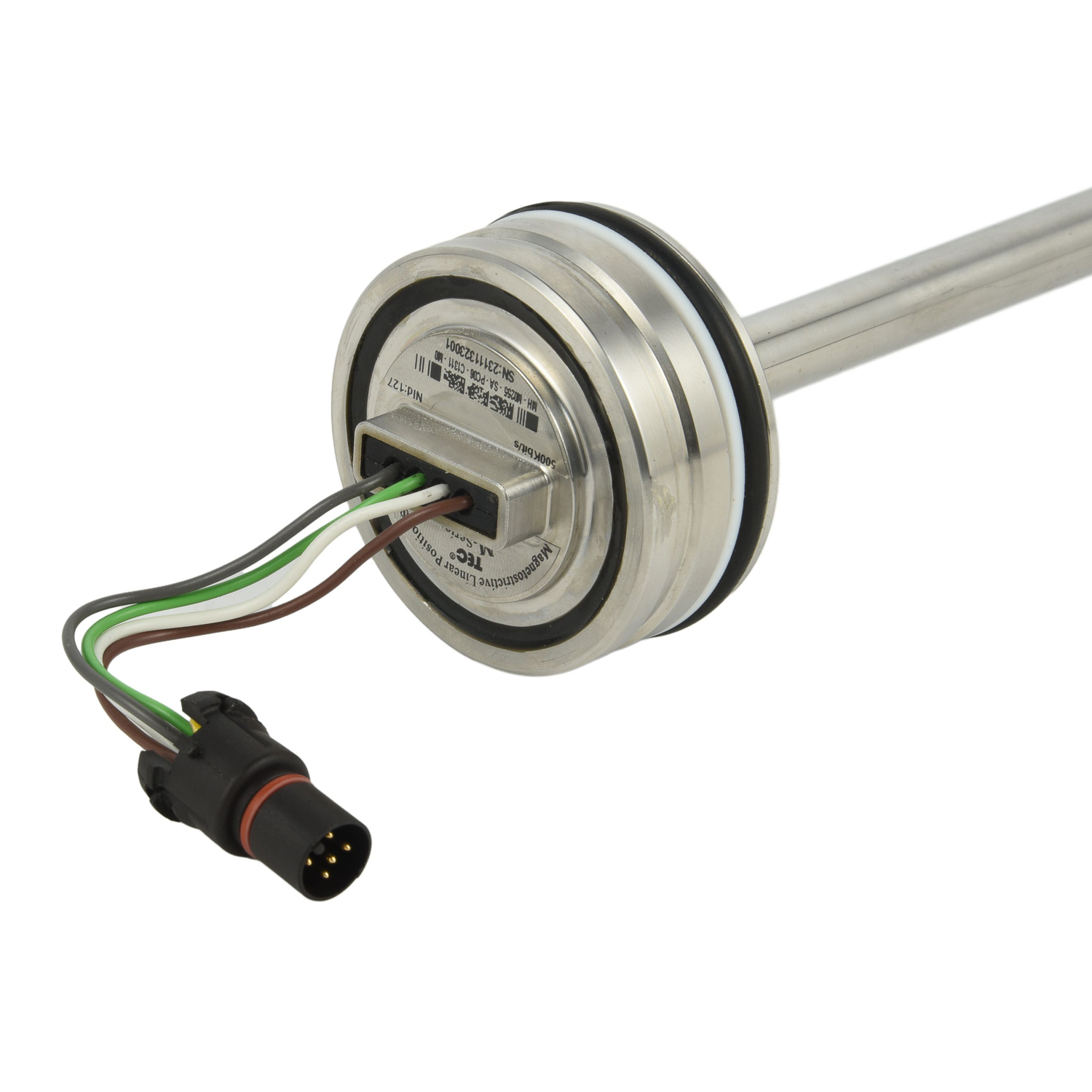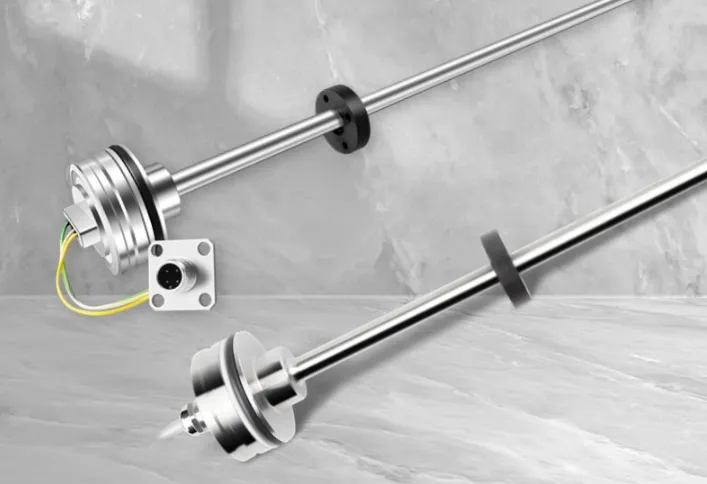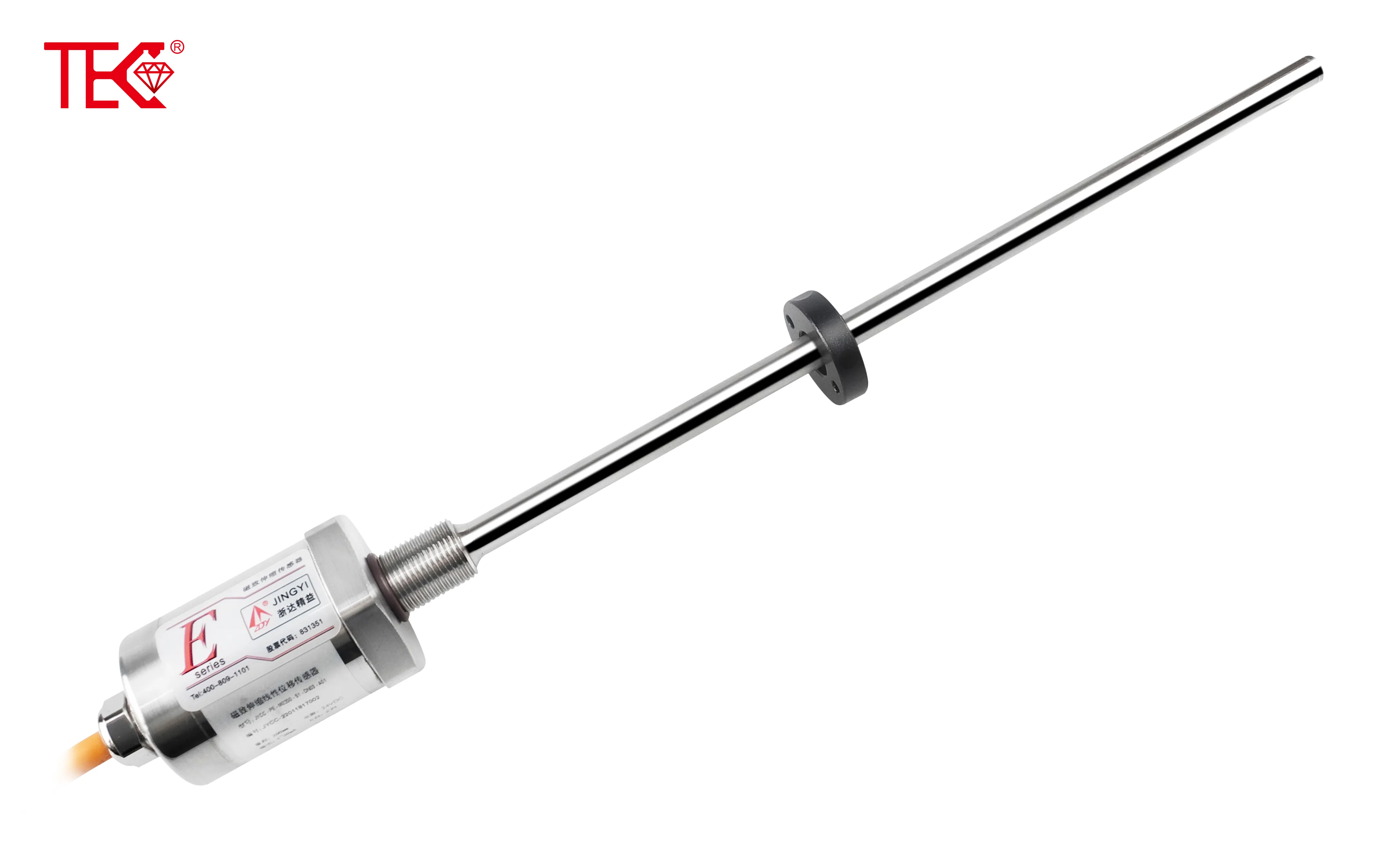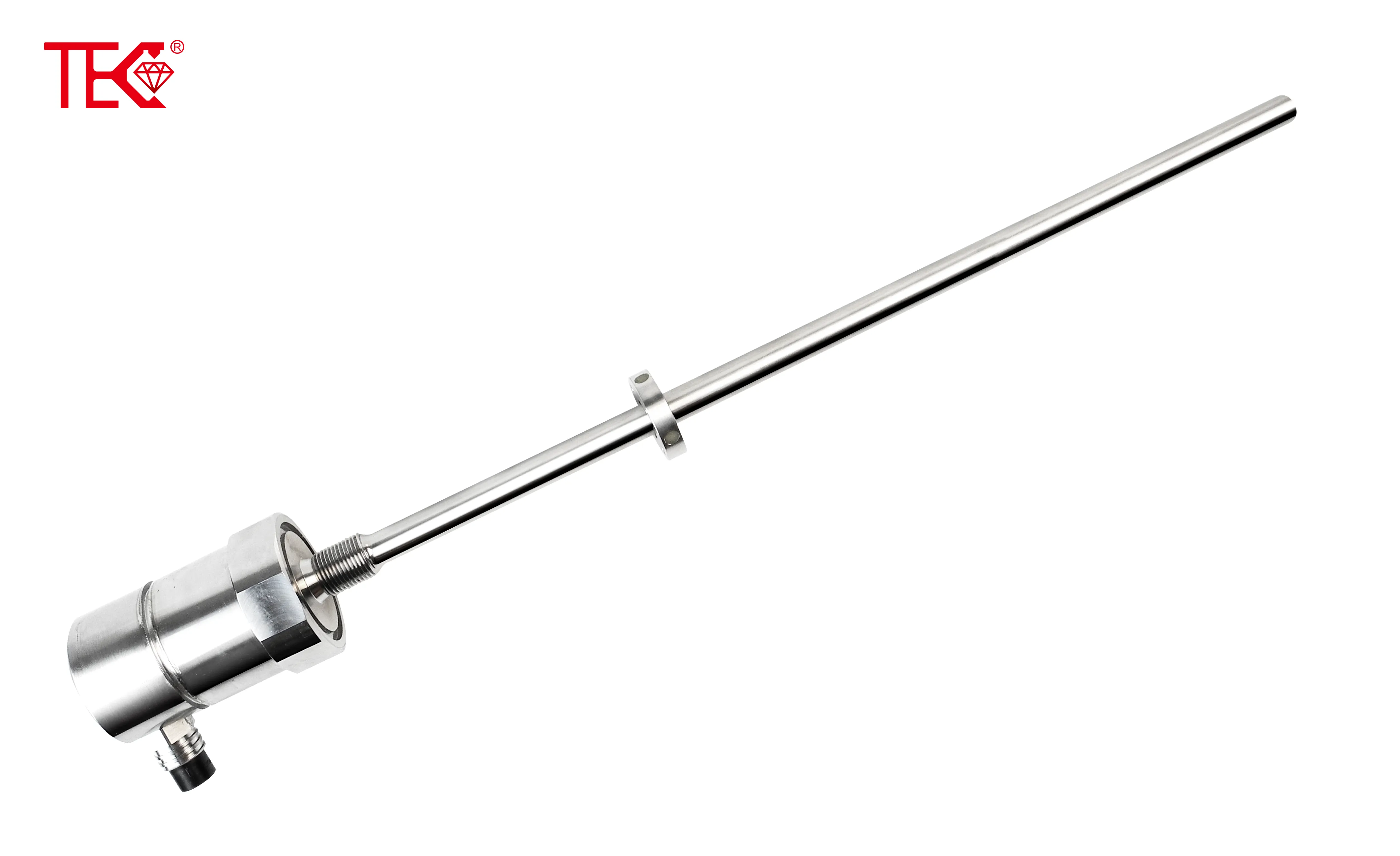WhatisaMagnetostrictiveDisplacementSensor?|WorkingPrinciple&ApplicationsGuide
A magnetostrictive displacement sensor represents a sophisticated class of position measurement devices that deliver exceptional accuracy and reliability in demanding industrial environments. Unlike conventional sensors, these advanced instruments utilize the unique magnetostrictive effect to determine the precise position of a moving element without any physical contact. This non-contact principle eliminates mechanical wear and ensures long-term operational stability, making them ideal for continuous operation in applications ranging from factory automation to heavy machinery. Their ability to provide absolute position measurement eliminates the need for homing routines upon power-up, significantly enhancing system efficiency.
Core Working Principle of Magnetostrictive Technology
The fundamental operation hinges on the magnetostrictive effect, where certain ferromagnetic materials change their shape or dimensions when subjected to a magnetic field. The sensor comprises three primary components: a waveguide wire made of magnetostrictive material, a position magnet attached to the moving target, and an electronic interrogator unit. The process initiates when the sensor's electronics generate a brief current pulse along the waveguide, creating a circumferential magnetic field around it. The interaction between this field and the axial field from the position magnet creates a torsional stress wave that travels along the waveguide at ultrasonic speed. The time difference between the current pulse initiation and the detection of this returning wave is precisely measured to calculate the exact position of the magnet.
Key Components and Their Functions
The waveguide forms the sensor's core, typically constructed from a nickel-iron alloy that exhibits strong magnetostrictive properties. This component is precisely engineered to ensure consistent wave propagation characteristics. The position magnet, usually a permanent magnet, creates the necessary external magnetic field that triggers the wave generation at its specific location. The dampener at the waveguide's end absorbs the torsional wave to prevent reflections that could cause measurement errors. The electronics module serves as the brain, generating interrogation pulses, processing the returning signals with sophisticated algorithms, and converting the time-of-flight measurement into industry-standard analog or digital output signals.
Superior Advantages Over Other Sensor Types
These sensors offer distinct benefits that make them preferable for precision applications. They provide exceptional resolution, often reaching micrometer levels, and maintain high accuracy across their entire measuring range. The non-contact measurement ensures infinite mechanical life since no physical components wear against each other. They deliver absolute position reading without requiring movement accumulation or battery backup. Their robust construction enables reliable operation in extreme conditions, including high temperatures, strong vibrations, and exposure to contaminants like hydraulic oil, coolants, and dust.
Diverse Industrial Applications and Use Cases
Magnetostrictive displacement sensors find extensive use in hydraulic cylinder position feedback in industrial machinery and mobile equipment, providing precise piston rod positioning for control systems. They serve critical functions in injection molding machines to monitor and control platen movement and screw position. In steel mills and metal processing, they accurately position rolls, mandrels, and cutting tools. Automated warehouse systems employ them for shuttle positioning while test stands utilize them for high-precision actuator control. Their robustness makes them ideal for harsh environment applications where other sensors would fail prematurely.
Selection Criteria and Installation Considerations
When selecting a sensor, key parameters include measuring range, resolution, accuracy requirements, output signal type, and environmental protection rating. The operating temperature range must match the application environment, especially for high-temperature applications near hydraulic cylinders. Electrical connections and output protocols should be compatible with the control system, with common options including analog voltage/current, SSI, CANopen, and IO-Link. Proper installation is crucial, ensuring the position magnet travels parallel to the waveguide with correct alignment and maintaining recommended clearance distances to prevent magnetic interference.
Future Trends and Technological Developments
Ongoing advancements focus on enhancing performance metrics while reducing package sizes to enable installation in space-constrained applications. Development of more robust materials improves resistance to extreme temperatures and corrosive environments. Integration of advanced diagnostics and predictive maintenance capabilities through Industry 4.0 protocols represents another significant trend. Wireless connectivity options are emerging for applications where wiring presents challenges. These innovations continue to expand the applicability of magnetostrictive sensors across increasingly diverse industrial sectors.

 WhatisaMagnetostrictiveDisplac
WhatisaMagnetostrictiveDisplac
 Application of magnetostrictiv
Application of magnetostrictiv
 How to choose a magnetostricti
How to choose a magnetostricti
 Where can the magnetostrictive
Where can the magnetostrictive
